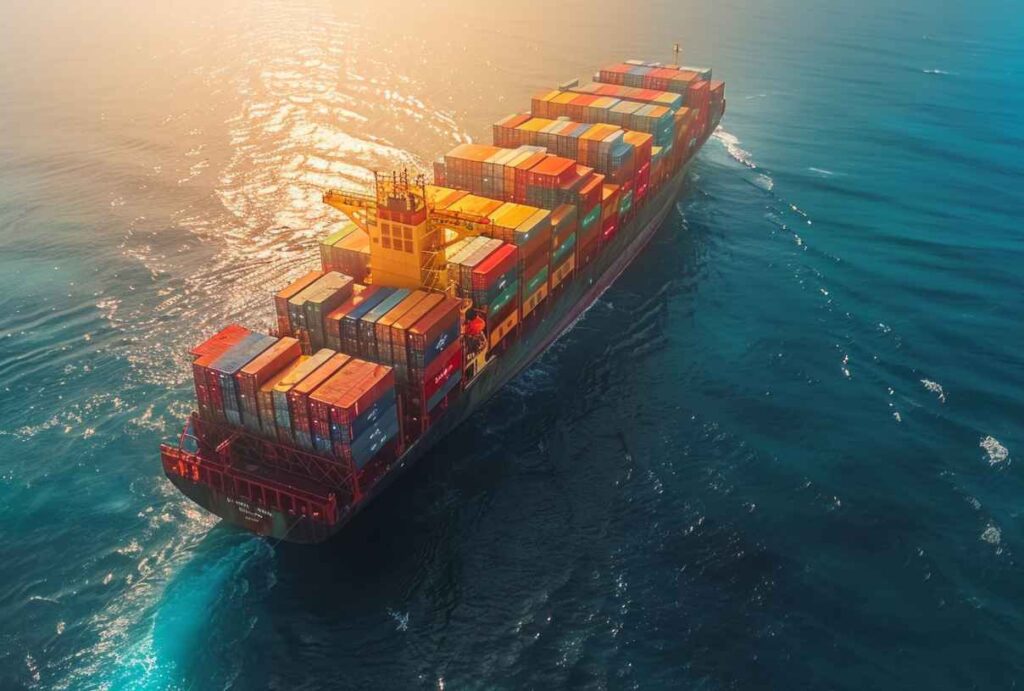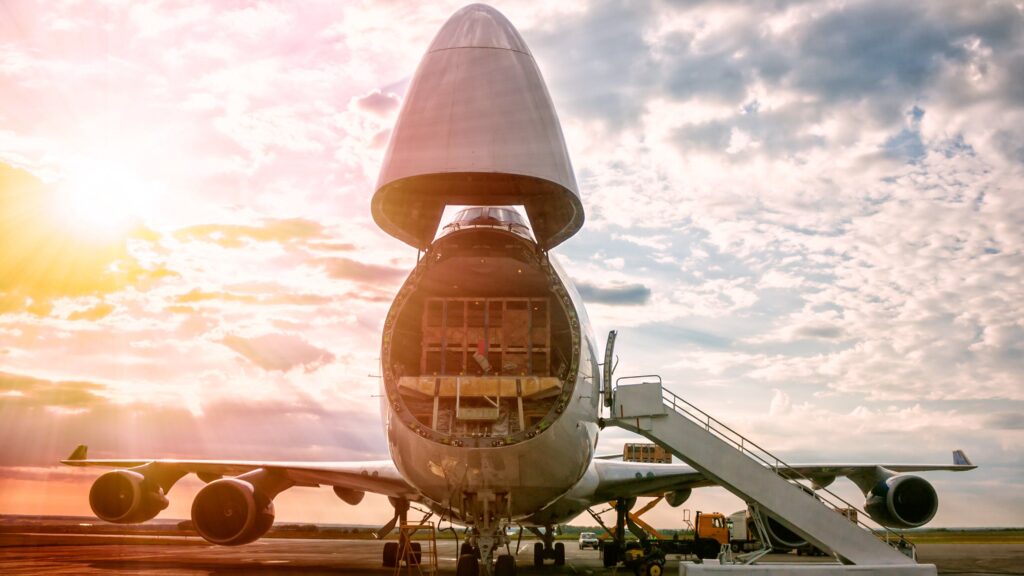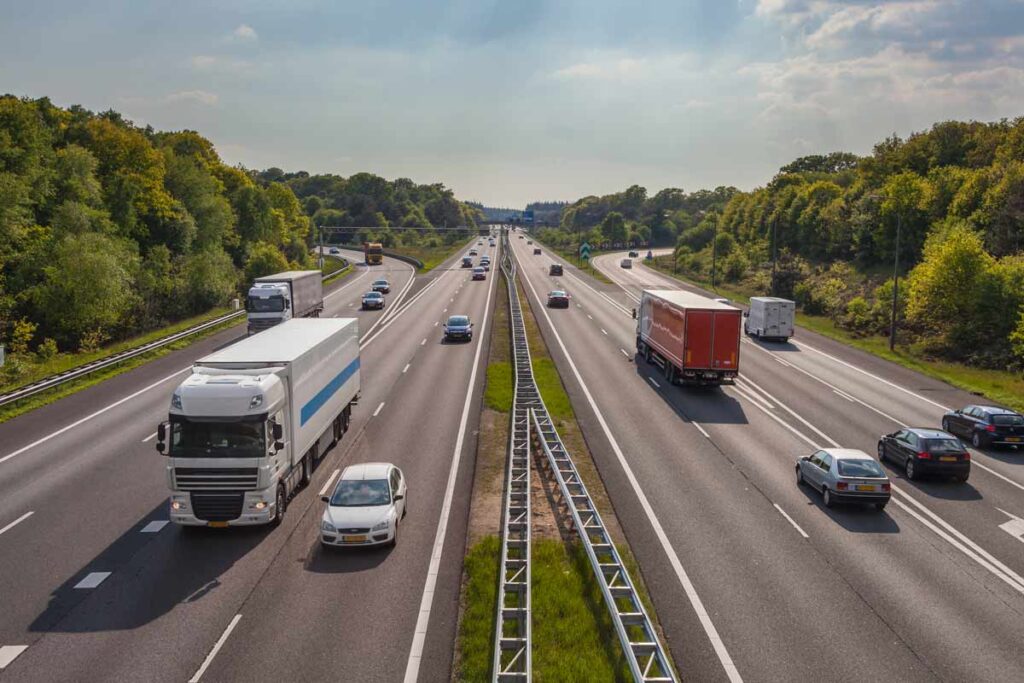International trade between China and France has grown rapidly, creating new opportunities and challenges for global shippers. When handling freight forwarding China to France, companies face complex issues such as customs clearance, transit time, and cost optimization. This comprehensive guide explores transport options, pricing, real case studies, and expert advice to simplify your China–France logistics.
Why Partner with a Freight Forwarder for China–France Trade?
Choosing a professional freight forwarder offers significant benefits. These specialists manage your import and export logistics, ensuring seamless coordination throughout the supply chain. Moreover, they handle customs paperwork, track shipments, and negotiate competitive freight rates with carriers.
Additionally, using a reliable forwarder minimizes risks of shipment delays, compliance issues, and hidden costs. As a result, businesses gain more predictable delivery schedules and stronger supply chain visibility.
Main Transport Modes for Freight Forwarding China to France
Selecting the right transport mode is crucial for balancing cost and delivery time. Below is a comparison of sea, air, rail, and express freight options.
| Mode | Transit Time (China → France) | Average Cost | Advantages | Disadvantages |
|---|---|---|---|---|
| Sea Freight (FCL / LCL) | 25–40 days | €1,200–€2,200 per container | Lowest cost, ideal for bulk cargo | Slow, port congestion delays |
| Air Freight | 3–7 days | $4–$18 per kg | Fast, reliable, secure | High price, size limits |
| Rail Freight (China–Europe Express) | 16–22 days | €3,500–€5,500 per 40ft | Mid-speed, eco-friendly, stable | Fewer routes, customs checks |
| Express / Courier | 2–5 days | $10+ per kg | Door-to-door, fast | Expensive for heavy goods |
Each mode suits different cargo types and budgets. For example, heavy goods fit best with sea freight, while urgent shipments benefit from air or express transport.
Cost Breakdown for Freight Forwarding China to France
Typical Cost Ranges
| Shipment Type | Estimated Cost | Notes |
|---|---|---|
| 20-ft Container (FCL) | €1,200–€1,500 | Best for large-volume goods |
| 40-ft Container (FCL) | €1,800–€2,200 | Reduces unit cost per cubic meter |
| LCL Cargo | €30–€60 per CBM | Shared container, flexible |
| Air Freight | $4–$18 per kg | Based on chargeable weight |
| Rail Freight | €3,500–€5,500 per container | Balanced cost and speed |
| Express Courier | $10+ per kg | Ideal for samples or small parcels |
Key Cost Influencers
- Cargo volume and weight: Larger shipments benefit from FCL; smaller from LCL or air.
- Distance and origin city: Inland transport to major ports adds extra cost.
- Seasonal demand: Rates increase during Chinese New Year or European holiday seasons.
- Customs duties and VAT: French import VAT (20%) plus duties by product category.
- Insurance and packaging: Add 2–5% to safeguard goods.
Real Case Studies of Freight Forwarding from China to France
Case 1: Electronics from Shenzhen to Paris (Air Freight + Rail)
- Cargo: 500 kg electronic components
- Mode: Air freight from Shenzhen to Paris CDG, rail to Lyon
- Transit Time: 7 days total
- Total Cost: $5,000 + €1,000 handling
- Reason: Time-sensitive components for production line
Case 2: Furniture from Shanghai to Marseille (Sea Freight FCL)
- Cargo: 20-ft container of wooden furniture
- Mode: Sea freight direct to Marseille port
- Transit Time: 30 days total
- Total Cost: €1,400 + €300 inland transport
- Reason: Cost-efficient option for non-urgent goods
Transit Time Comparison by Route
| Origin (China) | Destination (France) | Sea (Days) | Air (Days) | Rail (Days) |
|---|---|---|---|---|
| Shanghai | Le Havre | 27–32 | 4–6 | 18–22 |
| Shenzhen | Marseille | 29–35 | 5–8 | 18–21 |
| Qingdao | Bordeaux | 33–37 | 7–9 | 20–23 |
| Chongqing | Lyon | N/A | 6–8 | 18–20 |
Transit time depends on route availability, carrier schedule, and customs efficiency. Always confirm with your forwarder before booking.
Customs Clearance Requirements for China–France Freight
To ensure smooth customs clearance, prepare the following documents:
| Document | Purpose | Required For |
|---|---|---|
| Commercial Invoice | Declares goods’ value & HS code | All shipments |
| Packing List | Details weight, dimensions, content | All shipments |
| Bill of Lading | Transport contract for sea or rail | Sea & Rail |
| Air Waybill | Contract for air cargo | Air Freight |
| Certificate of Origin | Confirms origin, may reduce duty | Select goods |
| Import License | Required for restricted goods | Controlled items |
| Insurance Certificate | Protects against damage/loss | Optional |
| Customs Bond | For high-value cargo | Optional but helpful |
Proper document preparation significantly reduces customs delays and penalties.
Choosing the Best Mode for Freight Forwarding China to France
Evaluate by Time and Budget
- Air freight: Ideal for urgent or high-value shipments.
- Sea freight: Best for large, low-cost goods.
- Rail freight: Balanced for medium-volume cargo with moderate urgency.
Assess Cargo Type
- Oversized items may not fit aircraft.
- Fragile goods need fast and secure handling.
- Perishables require cold-chain transport.
Avoid Hidden Fees
- Ask about terminal charges, fuel surcharges, and customs brokerage.
- Request full cost breakdown to compare true landed cost.
Pros and Cons of Each Shipping Mode
| Mode | Pros | Cons |
|---|---|---|
| Sea Freight | Lowest cost, large capacity | Longest transit, possible port delays |
| Air Freight | Fast, secure | Expensive, limited space |
| Rail Freight | Medium cost, eco-friendly | Limited direct routes |
| Express Courier | Fast door-to-door | High cost per kg |
Logistics Trends Shaping China–France Freight
- Sustainability focus: More businesses prefer rail or sea to reduce carbon emissions.
- Digital tracking: AI and automation improve shipment visibility.
- E-commerce growth: Drives express and DDP shipping services.
- Multimodal transport: Combining rail and air cuts both cost and time.
- Risk management: Diversified routes prevent disruption during peak seasons.
As a result, shippers benefit from faster communication, lower risk, and more transparent freight operations.
Conclusion
Freight forwarding China to France requires careful planning, accurate documentation, and choosing the right transport mode. Although sea freight remains the most economical option, air and rail freight provide flexibility for different logistics goals. Ultimately, collaborating with an experienced freight forwarder ensures cost efficiency, timely delivery, and smooth customs handling.
To summarize, efficient planning and expert logistics support will help your business thrive in the competitive China–France trade corridor.
- Consult TJ China Freight Forwarding for the lowest quote. They will provide you with reliable, cost-effective service.
FAQ:
Q1.What is the best shipping method for freight forwarding China to France?
For heavy cargo, sea freight is best. For urgent goods, air or rail freight ensures faster delivery schedules.
Q2.How can I calculate customs charges for imports to France?
Multiply product value by duty rate and add 20% VAT. Always check your HS code for accurate customs cost estimation.
Q3.What is the average delivery time for China–France freight forwarding?
Sea takes 25–40 days, rail around 20 days, and air freight averages 3–7 days depending on route and customs.
Q4.What are common mistakes to avoid when shipping from China to France?
Incomplete documents, wrong HS codes, and underestimating customs duties often cause avoidable clearance delays.
Q5.How do I select a reliable freight forwarder for China–France shipments?
Choose one with proven experience, transparent cost structure, insurance options, and local customs knowledge in both countries.





